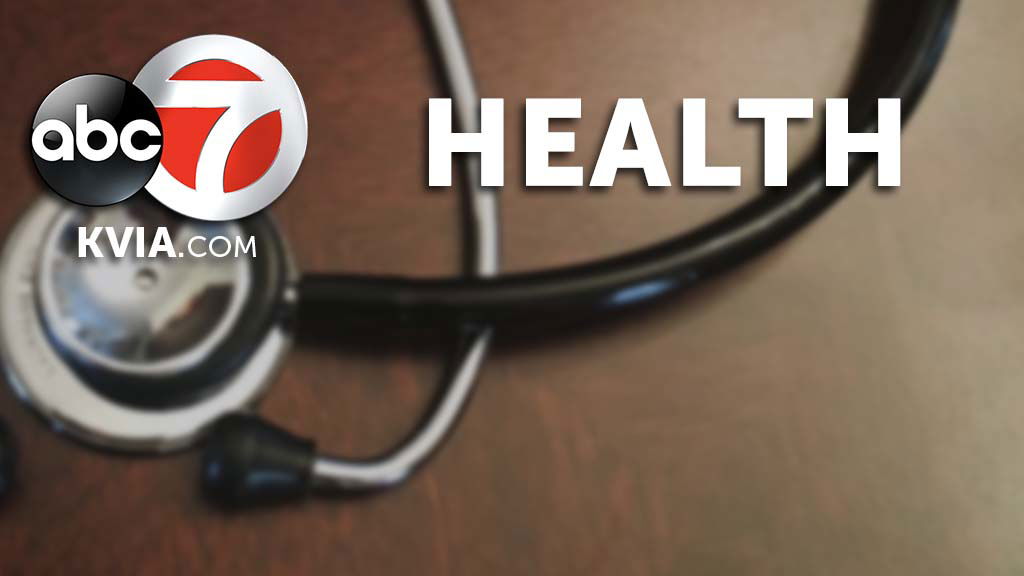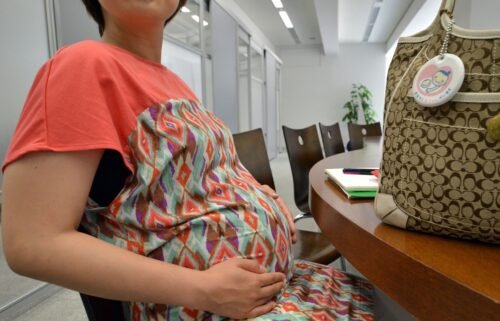Beating heart cells catch a ride to the International Space Station

Tiny heart cells are among the new batch of science experiments heading for the International Space Station Friday night, but their potential to help patients with heart disease on Earth is exponential.
SpaceX’s 20th resupply mission to the station is expected to launch Friday night at 11:50 p.m. ET from Cape Canaveral Air Force Station in Florida. It includes supplies, a variety experiments and materials for ongoing research investigations. The Dragon spacecraft will also bring the European Space Agency’s Bartolomeo, a commercial research platform that will be installed outside the station, according to NASA.
And nestled among the payloads are two different experiments involving cariomyocytes, or beating heart cells, grown from pluripotent stem cells. Pluripotent stem cells are ideal because they can turned in multiple cell types. In this case, they could become healthy heart cells for a patient with heart disease.
The results of the experiments could be used to generate a multitude of healthy heart cells for children and adults with various heart diseases. But they could also be used to understand heart health and the aging process in a broader context. The researchers for one of the experiments believe their study could even help astronauts with the known risks they experience during long-term spaceflight, like reduced heart function and irregular heartbeat.
“Scientists already know that humans exposed to space experience changes similar to accelerated aging, so we hope the results can help us better understand and someday counteract the aging process,” said Deok-Ho Kim, principal investigator for one of the experiments, and associate professor of biomedical engineering and medicine at Johns Hopkins University.
For the next month, the heart cells will undergo a unique journey to space before splashing back down in the Pacific Ocean. Here’s what researchers hope to learn about the effects of zero gravity on human heart cells.
Without gravity, cells grow
Emory University School of Medicine associate professor of pediatrics Chunhui Xu first discovered that stem cells grow faster in space by simulating the lack of gravity on Earth. She studies cardiomyocytes with the hopes of improving the heart’s regenerative abilities, as well as improving congenital heart disorder treatment.
Stem cell therapies to repair damaged heart cells require at least one billion cells for each patient, Xu said. But they can take time to grow on Earth. When her experiment using simulated microgravity on Earth showed promising steps toward quickly and safely producing cardiomyocytes, Xu saw space as the ultimate proving ground.
Her experiment was chosen to fly on the space station and now she and her team hope they can confirm their ground-based observation and discover new insights as well.
She and her colleagues at Emory had to learn how to cryopreserve the cells so that they can survive the launch and trip to the space station. It also means that the astronauts can unpack everything and organize their experiment schedule, without having to jump right into the experiment for fear of the cells dying.
Once the cells are thawed, the cell cultures will grow for 21 days in the Multi-use Variable-gravity Platform experiment modules built by Techshot, Inc. Then, in an ambitious goal, the cells will actually be returned live, jettisoned in a payload that will land in the Pacific Ocean. A colleague in California will then prep them and have the live cells shipped back to Emory in Atlanta so the researchers can analyze them.
Meanwhile, during the experiment in space, a control group of cells will be put in a centrifuge in a modified gravity environment on Earth.
“We’ve worked together for years to bring basic and clinical science together,” said Dr. Kevin Maher, director of the cardiac intensive care unit at Children’s Healthcare of Atlanta Heart Center and professor of pediatrics at Emory University. Maher is working with Xu on the experiment.
There’s a high demand on the cells themselves — they need to be pure and high quality. Residual stem cells that don’t turn into heart cells can cause tumors, according to previous research by Xu. More mature cells stand a better chance of becoming pure heart cells. During her ground-based experiment simulating a lack of gravity, Xu found that the cells were more mature and even expressed survival genes that could ensure cell survival. Overall, these factors would allow the cells to connect with the heart tissue better and cause less issues, Xu said.
The implications of their research could help develop a more efficient and cost-effective way to develop the heart cells on Earth for patients in need. Given that heart disease is the leading cause of death in the US, according to the CDC, the cells have great potential to treat children and adults. And the cells could also be used to test new therapies and speed up the development of safe drugs, Xu said.
‘Tissue on a chip’
The National Center for Advancing Translational Sciences is continuing its Tissue Chips in Space initiative by funding an experiment that includes a cellphone-sized chip loaded with beating heart tissue.
It starts with a similar base as the Emory experiment: pluripotent stem cells grown into cardiomyocytes. Instead of cell cultures, these are bioengineered mini tissue chips that mimic human heart function.
This allows the cells to signal and act as they would in the body, hosted on a scaffold-like bio-structure holding the tissues together. This encourages the cells inside to grow, and ultimately, this kind of structure could be used to test drugs.
“We hope that this project will give us meaningful data that we can use to understand the heart’s structure and how it functions, so that we can improve the health of both astronauts and those down here on Earth,” said Kim.
The Johns Hopkins University researchers and their collaborating colleagues at other universities will get measurements of the tissues beating in real time. And after a month, the tissues will return to Earth. The team wants to analyze them and determine how they were affected by microgravity or if their gene expression changed. Heart tissues on Earth, identical to the ones sent to the station, will serve as a control at the University of Washington.
Some of the tissues sent to space will continue to be cultured on Earth for a week afterward in case any recovery efforts can be observed.
“The entire team is excited to see the results we get from this experiment. If successful, we will embark on the second phase of the study where tissues will be sent up to the ISS once again in two years, but this time, we will be able to test a variety of drugs to see which ones will best ameliorate the potentially harmful effects of microgravity on cardiac function,” said Jonathan Tsui, a member of Kim’s lab and a postdoctoral fellow at Johns Hopkins University’s department of biomedical engineering.



